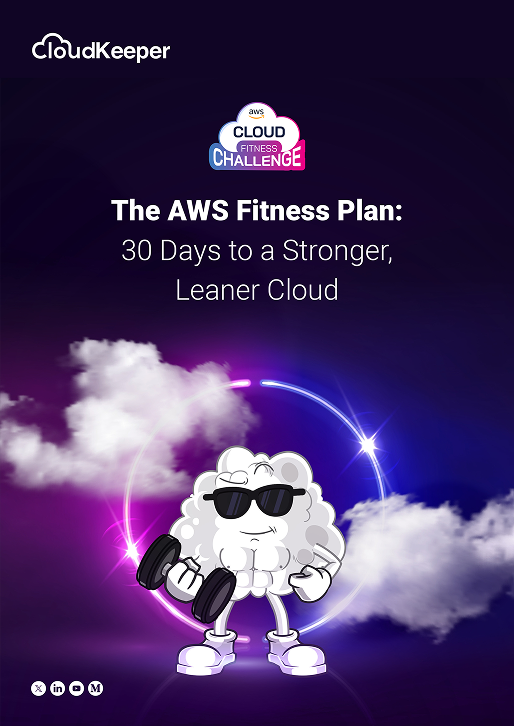Enterprises tell IDC they are rapidly adopting FinOps, with over 61% recently reporting they have active FinOps teams and processes in place today. To be candid here, I was expecting a much lower uptake for this relatively new practice. I dutifully rewrote the question to validate my assumption using a FinOps Foundation-supplied definition for clarity. I requested that IDC’s survey data team resubmit the question to another group of 800+ enterprises. Sure enough, the data came back with statistically the same high adoption rate. With “data” as our middle name (literally) at IDC, I humbly accept that enterprises are embracing FinOps faster than expected. And that's a good thing!
In speaking with a sampling of these enterprises and other IDC clients, it is clear that many companies are in the early stages of maturity in their FinOps journey. FinOps is not just a technology tool. It is a collaborative process with cross-functional team members holding each other accountable. The aspirational goal is to improve cloud spending transparency by continually improving agreed-upon business and financial metrics. For many organizations, it is a culture change for cloud spending and investment. An excellent resource for FinOps definitions and best practices can be found at the FinOps Foundation.
Determining where your company is on its FinOps journey is the first step. Business-focused metrics are essential in maturing FinOps processes and critical to holding team members accountable. Every FinOps team should define and agree on at least the following five general areas of metrics. Adding critical metrics in each of these areas will help you to grow your FinOps Maturity.
Accountability:
Identifying who is responsible for approving, architecting, monitoring, managing, and provisioning cloud resources is fundamental to FinOps. Cloud Enablement Percentage is one metric to define who is accountable for cloud costs and associated resources. To calculate this metric, take the percentage of cloud resources provisioned and managed by business units compared to those centrally managed by IT. Set a goal to move this percentage of cloud resources higher quarterly or annually, with steps to move the needle managed by business units towards this goal.
Measurement and realization metric:
Cloud Spend Percentage Allocated to Business Owner is different from cloud enablement because it focuses on cloud costs that are correctly tagged and allocated to the line-of-business owner. Cloud expenses are often left to IT to budget and pay for each month, with some companies using a “show back” only model. Moving actual costs into the line of business that requested the cloud resource helps ensure accountability and focus on projects with business alignment and the highest return on investment. It must be stated the importance of proper tagging to achieve this metric. The tags must be correctly set up on new cloud resources and maintained to avoid finger-pointing and losing faith in the allocation process. Automation can help teams keep tagging accurately. FinOps teams should strive to continually raise the bar to move entirely to business-allocated cloud costs.
Cost optimization:
A way to measure cost optimization is for FinOps teams to calculate the percentage of implemented cloud optimization recommendations. Typically, FinOps teams meet monthly to review the reports and analytics from their cloud cost transparency tool. Tracking what was successfully implemented each month is essential to driving cost improvements. The tool can help identify abandoned servers, over-provisioned cloud resources, and opportunities related to hyperscaler pricing tiers. Each month a FinOps team member should be assigned to implement these recommendations. A mature FinOps practice will have a high percentage of optimization recommendations implemented each month, and the savings realized will be reported to the whole team.
Planning and forecasting:
One of the most important tasks for FinOps is to create and forecast future cloud spending. Accurate quarterly and annual cloud spending is essential for proper planning and budgeting for new and existing investments. Teams should publish quarterly and yearly enterprise-wide forecasts and compare those to consolidated cloud spending. The variance percentage should also be shared with all participants. By assigning a team member to analyze forecast variance, FinOps teams can improve their accuracy over time and build trust in cloud future cloud projects.
Tools and accelerators:
The people and processes of FinOps are often the biggest challenges to implementing a mature practice in an organization. However, the cloud costs tool is the single critical source of truth for the team. Tracking and publishing the ongoing and cumulative successes in cloud savings and resource optimization will build momentum and engagement around the FinOps team. In addition, FinOps automation is a capability of numerous tools today. Automation can assist in many ways, such as tracking the above metrics and helping with resource tagging.
Take charge of your FinOps adoption and maturity by implementing one of the more impactful metrics in each category. Kick off the training wheels and kickstart high-performing FinOps. I'd love to hear the most impactful metrics used by your FinOps teams, so feel free to share your comments below or email me.
Finding the Right FinOps Partner
The importance of Cloud FinOps in organizations is on the rise. However, with varying FinOps maturity across organizations, it is essential to find the appropriate partner who can help adopt FinOps, optimize cloud costs as well as help you track these metrics. CloudKeeper is an AWS Cost Optimization and FinOps solution that offers savings, software, and services, all bundled into one solution. An AWS Premier Consulting Partner, CloudKeeper has helped 300+ businesses, over 12+ years, to achieve instant and guaranteed cost savings right from Day 1.
Book a free demo today to learn how CloudKeeper can simplify your cloud cost optimization efforts.
